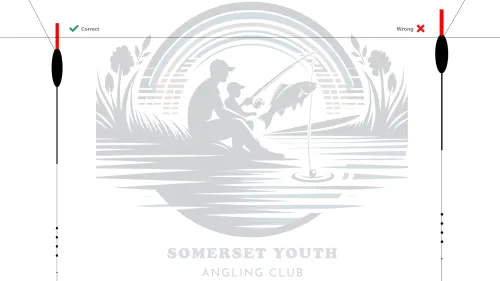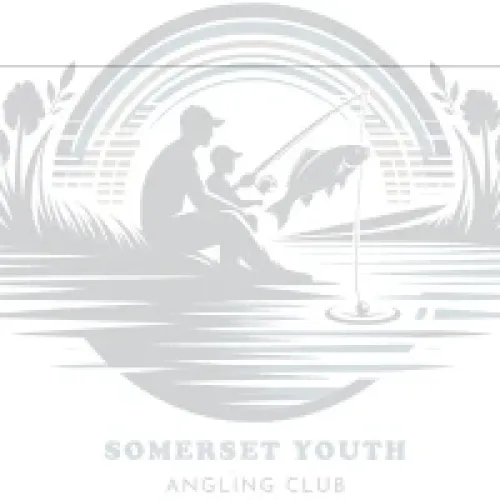A Guide to Shotting Patterns for Pole Fishing at a Commercial Fishery
Explore this guide to learn more about A Guide to Shotting Patterns for Pole Fishing at a Commercial Fishery.
- /
- Guides /
- Beginners Guides to Fishing /
- A Guide to Shotting Patterns for Pole Fishing at a Commercial Fishery
A Guide to Shotting Patterns for
Pole Fishing at a Commercial Fishery
Shotting patterns are crucial in pole fishing, especially at commercial fisheries where precision and adaptability can significantly impact your success. This guide will cover various shotting patterns, explaining their applications and benefits, to help you make the most of your pole fishing experience.
1. Understanding Shotting Patterns
Shotting patterns refer to the distribution of small weights (shot) along the fishing line to control the behavior of your bait in the water. The arrangement and spacing of these shots determine how quickly your bait sinks, how it behaves in the current, and how sensitive your float is to bites. The image to the left shows how you should correctly have your float shotted down, one of the most common mistakes we see is that the float is to far out of the water, thus the fish can feel when they grab the bait, the correct image also allow you to see lift bites.
2. Basic Shotting Patterns
a. Bulk Shotting – Description: Placing a group of shots close together near the float or hook. – Use: Ideal for getting the bait quickly to the bottom in deep or fast-flowing waters. – Application: Use this pattern when fish are feeding on the bottom, and you need to get the bait down fast. b. Strung Out Slow Fall – Description: Distributing shots evenly along the line. – Use: Provides a natural, slow fall of the bait. – Application: Effective in shallow waters or when fish are feeding at different depths. c. Spread Bulk – Description: Spacing shots gradually from the float to the hook. – Use: Offers a balanced and controlled descent of the bait. – Application: Useful in calm conditions or when targeting fish at mid-water levels.
3. Advanced Shotting Patterns
a. Double Bulk – Description: Two groups of bulk shots placed along the line. – Use: Provides a faster descent to mid-depth, then slows down. – Application: Effective in catching fish feeding just off the bottom or mid-water. b. Olive and Droppers – Description: Using an olivette (a larger weight) with smaller dropper shots below it. – Use: Ensures the bait falls quickly to a set depth and then settles naturally. – Application: Ideal for stable presentation in deep waters or when targeting wary fish. c. Back Shot – Description: A small shot above the float – Use: Helps with float control – Application: Effective in windy conditions & can be used on any shotting pattern
4. Choosing the Right Pattern
Selecting the right shotting pattern depends on several factors: – Water Depth: Deeper waters generally require bulk shotting or olive and droppers. – Current and Wind: Strong currents or winds may necessitate bulk shotting to keep the bait stable. – Fish Behavior: Observing where fish are feeding (bottom, mid-water, surface) helps determine the pattern. – Bait Type: Heavier baits might need less shot to sink naturally, while lighter baits may require more.
5. Practical Tips
– Experiment: Don’t be afraid to try different patterns to see what works best on a given day. – Adjust: Conditions change, so adjust your shotting pattern as needed throughout your session. – Stay Organized: Keep your shot organized and ready to make quick adjustments.
Shotting Patterns Guide
Conclusion
Mastering shotting patterns is key to successful pole fishing at a commercial fishery. By understanding and applying different patterns, you can present your bait more effectively and increase your chances of a great catch. Remember to adapt to conditions and fish behavior, and you’ll be well on your way to becoming a more proficient angler.


